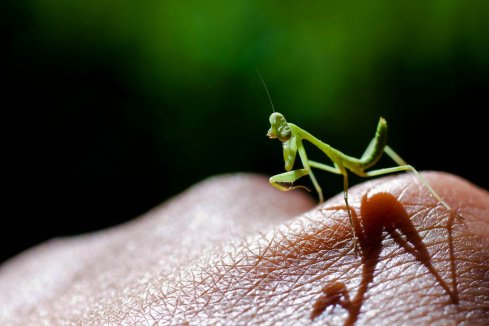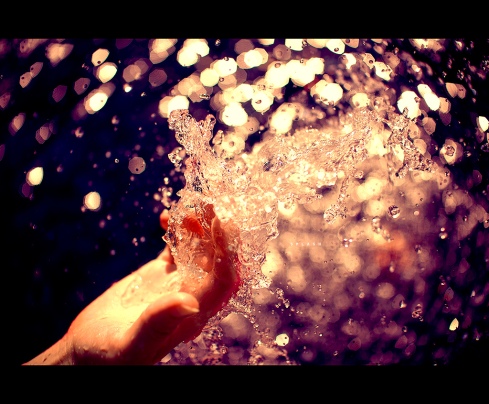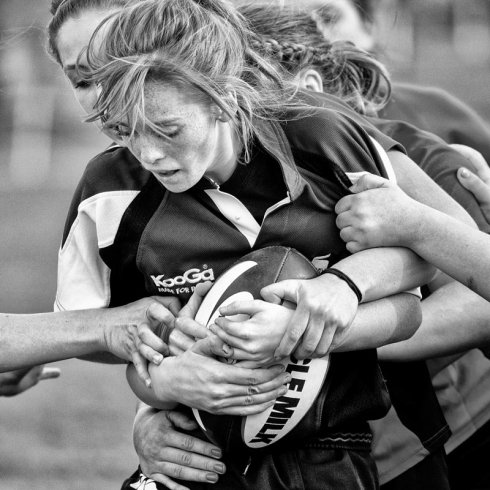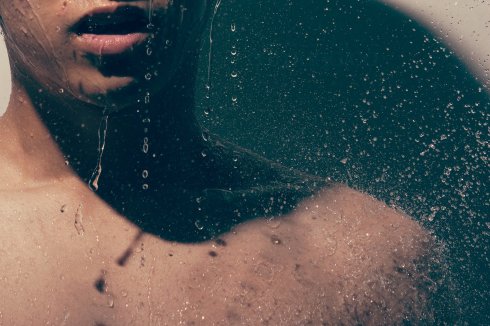With Fourth of July right around the corner, I thought that an article about photographing fireworks would fit the bill perfectly! It’s a little intimidating knowing you only have about 20 minutes to get a great shot. There isn’t much time to perfect your settings out there. Not to mention fireworks only shoot about 4-6 times a year, it’s not something you can readily prepare for. The following article is a bit more technical than I’d hope, so my apologies for those who aren’t versed with terms such as ISO, aperture, and shutter speed. Many point and shoots now come with a fireworks setting. Some cameras yield good results, others not so much. However, there is still time for you to whip out that manual and learn how to play with these settings! Most likely, your camera (yes, your point and shoot camera included) will allow you to change these settings easily. Likewise, those who own DSLRs but don’t stray away from auto mode can learn these settings as well. It shouldn’t take you more than 10-15 minutes to learn how to play with these settings.
DIFFICULTIES AND COMMON MISTAKES
Many people think that because fireworks are a nighttime affair, their major concern should be the low-light. However, it’s the complete opposite. Capturing too much light is much more common! This is where our cameras get confused. The bursts of lights that last only a few seconds, accompanied with multiple bursts will throw your light readings all over the place. If you’re setting your shutter speed to more than 4 seconds, you’re most likely going to get huge bursts of lights. Many people bump their ISOs higher because of the low light, resulting in a noisy night sky, which isn’t very attractive.
A TRIPOD IS IMPORTANT
The low light does affect one thing, your shutter speed. For those who aren’t photography nerds that know the ins and outs of photography, shooting at night usually results in blurry shots. This is because the shutter needs to stay open longer to allow more light in. Therefore, when your subject moves, or when you inadvertently move the camera, your shot comes out blurry. A tripod will definitely fix this! Tripods are useful because they keep your hands off the camera, keeping the camera completely still. If you don’t want to spring for a tripod just for this one fireworks show, then find a ledge or tabletop that is steady. You might find yourself having to fandangle some type of contraption to point the camera towards the fireworks as well, which can be a pain. Can you shoot without a tripod? It’s possible if you have a steady hand and shoot closer to 1-2 seconds. Give it a try, you might surprise yourself!
APERTURE (f/#), ISO, SHUTTER SPEED, AND TIMING
Start off by setting your ISO to the lowest amount your camera offers to combat noise. I recommend shooting at or around f/8 with a 2-3 second shutter speed. Now, the shutter speed is actually the one element you can change to your liking. If you let the camera try to figure it out, you will most likely get a shot with a huge light burst, because it’ll suggest 10+ seconds. You want to stay in the range of 1-4 seconds. 4 seconds is a little long, but might work under your circumstances. The longer the seconds (shutter speed), the more flares/tails you will get from the fireworks. The shorter the seconds (shutter speed), the less flares/tails you’ll get. It’s all personal taste at this point. Timing is also a big deal. You want to catch the firework right as it’s exploding. Some have an eye for the tiny lit tail that is shooting up, which is great. You can watch it burst and hit the shutter. If you don’t have a keen eye, listening for the burst works well as some of my colleagues have suggested. Lastly, because you’re manually setting your shutter speed, you can keep the flash off!
PHOTO PROOF


















You must be logged in to post a comment.